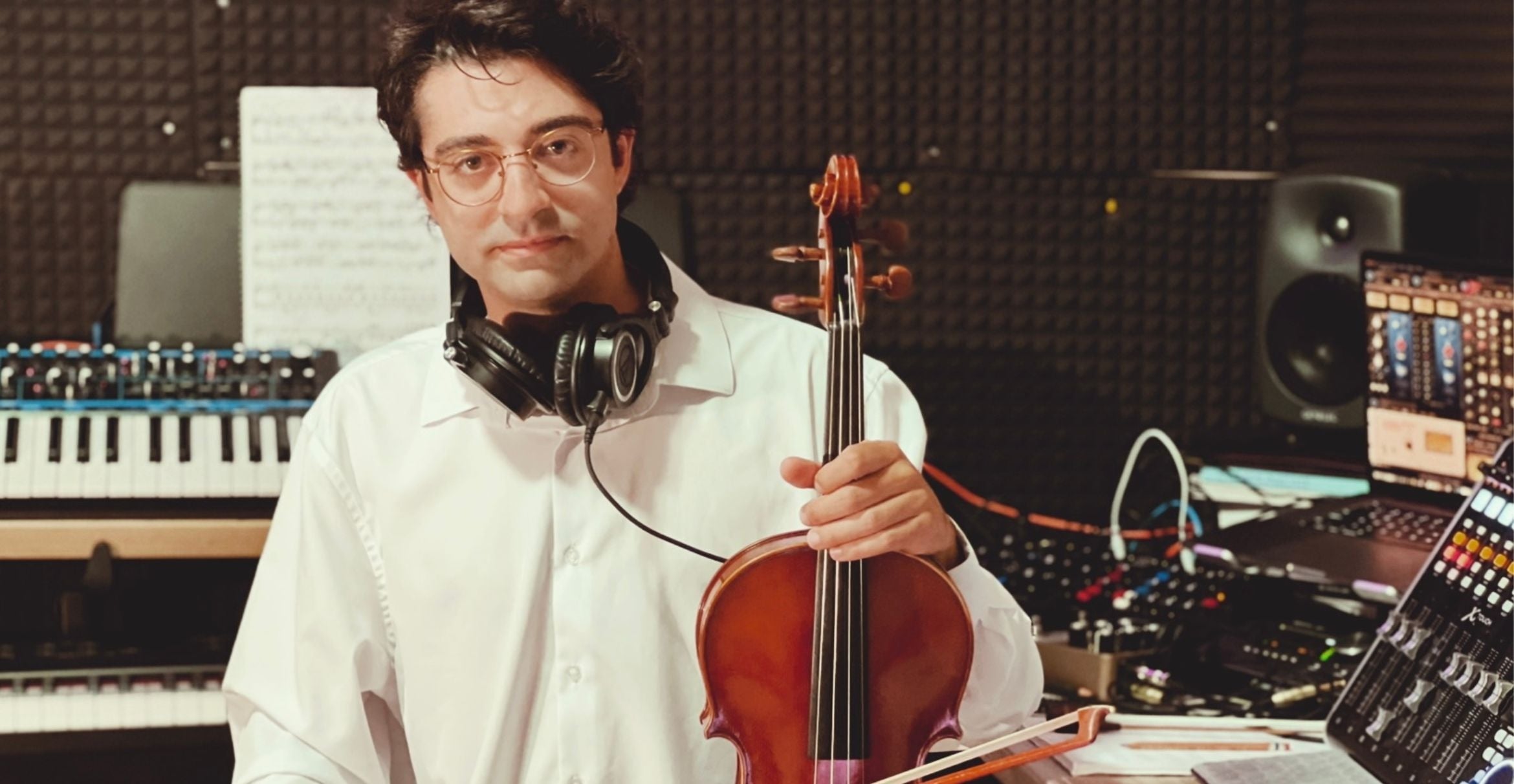
The Art of Craft


The culturally conservative 1950s actually were not all that conservative for many visual artists — think of famous abstract expressionist titans such as Jackson Pollock dripping paint on his canvases, or Willem de Kooning slashing away with his brushes.
But today’s avant-garde, when it looks for its mid-century antecedents, might do better to celebrate three women potters who were little known in their time and subsequently were mostly forgotten — until now.
They are Marguerite Wildenhain, M.C. Richards and Susan Peterson, and their champion is Jenni Sorkin, an assistant professor in the Department of the History of Art and Architecture at UC Santa Barbara, and the author of “Live Form: Women, Ceramics, and Community” (University of Chicago Press, 2016). According to Sorkin, today’s most cutting-edge artists are “Social Practice” art-activists, less concerned with making sales than with changing the world. And it was Wildenhain, Richards and Peterson, along with other unsung female craftsmen of the postwar period, who laid the groundwork for this movement.
“Social Practice is one of the current and dominant trends in contemporary art,” Sorkin said. “My book makes the argument that mid-century craft is one of its points of origin.”
A Bauhaus-trained potter, Wildenhain taught at the summer craft school Pond Farm on the Russian River in Northern California. Richards taught at the legendary Black Mountain College near Asheville, N.C.; and Peterson popularized ceramics via live-throwing demonstrations on PBS. All three emphasized the process more than the end product.
According to Sorkin, ceramists as a group have received relatively little attention from traditional art historians, who tend to privilege “art” over “craft.” “Nobody knows this history,” she said.
Even when ceramists were recognized, Sorkin noted, they tended to be men, such as the abstract-expressionist potter Peter Voulkos. But women like Wildenhain, Richards and Peterson were after something else.
“Certainly there was never the money nor the prestige attached to studio craft of the 1950’s, in any medium,” Sorkin writes in her book. “But functional pottery was more than just an art form; it was a lifestyle, offering women extraordinary autonomy, both economically and socially, through experimental artistic communities that were collective in nature.”
Sorkin first encountered the significance of craft as an undergraduate student at the School of the Art Institute of Chicago, taking classes in the fibers and material department. She had planned to become a photographer but was diverted into art criticism, and went on to earn her master’s degree at the Center For Curatorial Studies at Bard College and her doctorate in art history at Yale University. “I always liked talking about other people’s art more than making it myself,” she said.
At UCSB, Sorkin studies the intersection between gender, material culture and contemporary art. Back in the 1950s, women such as Wildenhain, Richards and Peterson who operated at that intersection had to do so invisibly. But Sorkin writes that today’s female artists can learn from the predecessors’ struggle, which “provided a blueprint for sustaining an artistic career over a lifetime, outside the traditional avenues of recognition: galleries, museums and the art market.”
This has been a banner year for Sorkin. In addition to publishing “Live Form,” she co-curated “Revolution in the Making: Abstract Sculpture by Women, 1947–2016,” the inaugural exhibit at Hauser, Wirth & Schimmel’s enormous new art gallery in L.A.’s downtown Arts District. Paul Schimmel, former chief curator of L.A.’s Museum of Contemporary Art, was Sorkin’s co-curator for this high-profile gallery exhibit, which was up from March to September.
The women sculptors represented in “Revolution in the Making” obviously are being recognized in galleries and the art market. Nevertheless, Sorkin said that these artists had something in common with the three lesser-known women potters highlighted in “Live Form,” who valued process more highly than product.
“The intimacy of studio work is a key idea that is missing from a lot of feminist art exhibitions produced in the last 10 or 15 years,” she said. “ ‘Revolution in the Making’ privileged that kind of experience in the studio, the same way that the women ceramists I cover in ‘Live Form’ worked out their ideas both in the studio, but also through their teaching — another way of working through different kinds of scale, and ideas of public and private.”



